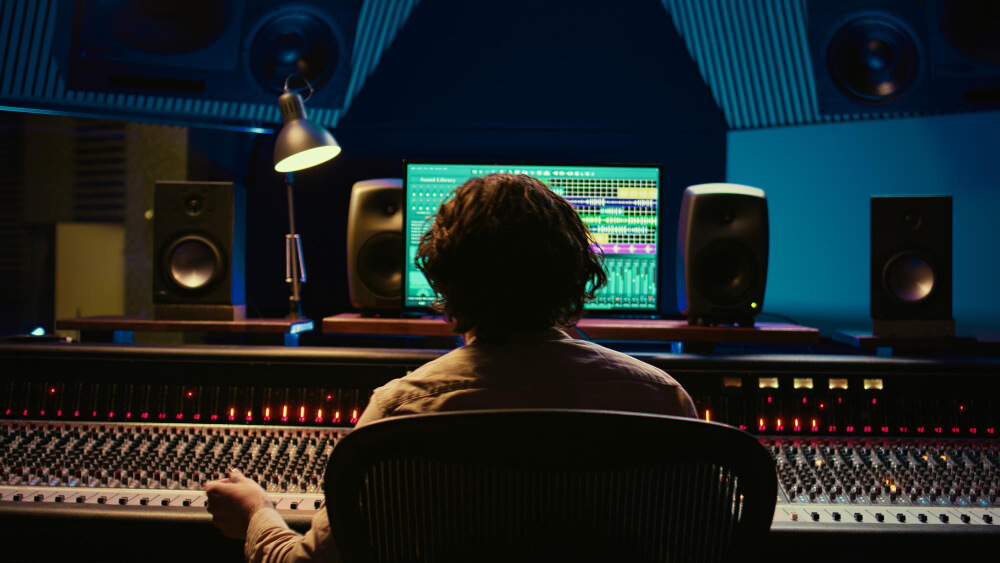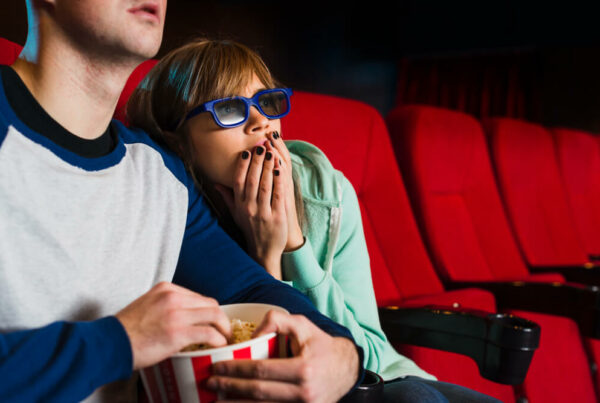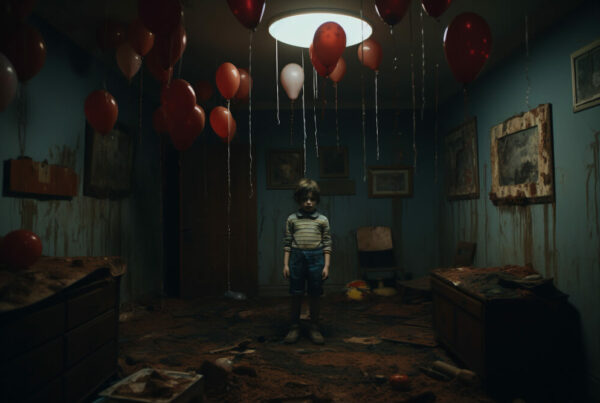Introduction
Film is a multi-sensory medium, and while visuals often take center stage, sound—especially music—plays an equally important role in shaping the viewer’s experience. Music and sound can evoke emotions, build atmosphere, guide the audience’s reactions, and even communicate aspects of the narrative that visuals alone cannot convey. A carefully composed score or a well-timed sound effect can elevate a scene from ordinary to unforgettable.In this blog, we will dive into the powerful role of music and sound in film and explore the techniques filmmakers use to create a more immersive and emotionally engaging experience for their audience.
1. Score vs. Soundtrack: Defining the Roles
Before delving into specific techniques, it’s important to understand the distinction between a film’s score and its soundtrack. While both are critical to a film’s sonic landscape, they serve different purposes.
- Score: The score refers to the original instrumental music composed specifically for the film, designed to underscore the emotions and themes of the narrative. Composers like Hans Zimmer, John Williams, and Ennio Morricone are famous for their iconic scores that have become inseparable from the films they were created for.
- Soundtrack: The soundtrack typically refers to pre-existing songs (often featuring vocals) that are incorporated into the film. These songs might not have been written specifically for the movie, but they are carefully chosen to enhance certain scenes or reinforce the film’s cultural context.
Example in Film
In Star Wars, John Williams’ orchestral score is legendary, using powerful motifs (like the “Imperial March”) to represent characters and themes. Conversely, in Guardians of the Galaxy, the film’s retro soundtrack, featuring songs from the 1970s and 80s, is integral to the movie’s quirky tone and character development.
2. Leitmotifs: Musical Themes that Tell a Story
One of the most effective ways music enhances storytelling is through the use of leitmotifs. A leitmotif is a recurring musical theme associated with a particular character, location, or concept. As these motifs reappear throughout the film, they help reinforce the narrative and deepen the audience’s emotional connection to the characters.
When to Use Leitmotifs
- Character Themes: Leitmotifs are often used to represent characters. Every time the character appears on screen or performs a significant action, their theme plays, helping the audience to subconsciously associate the music with that character.
- Emotional Continuity: Leitmotifs can provide emotional continuity throughout the film, reminding the audience of previous emotional beats or foreshadowing future events.
Example in Film
In The Lord of the Rings, composer Howard Shore uses a leitmotif for the One Ring, with haunting, eerie music every time the Ring’s presence or influence is felt. Similarly, Frodo and the Shire have their own distinct musical themes that represent home, safety, and innocence.
3. Diegetic vs. Non-Diegetic Sound: Immersing the Audience
Sound in film can be categorized into two main types: diegetic and non-diegetic.
- Diegetic Sound: Diegetic sound refers to any sound that originates from within the film’s world. This includes dialogue, footsteps, background noise, and music that the characters can hear (e.g., a radio playing in a scene).
- Non-Diegetic Sound: Non-diegetic sound, on the other hand, comes from outside the film’s world. This includes the film’s score or any other sound meant only for the audience’s ears, such as voice-over narration or sound effects used for dramatic emphasis.
When to Use Diegetic and Non-Diegetic Sound
- Creating Realism: Diegetic sound is essential for grounding a scene in realism. Background noises like birds chirping, cars passing by, or characters interacting with objects in their environment all help to build a believable world.
- Enhancing Emotion: Non-diegetic sound is used to manipulate the audience’s emotional response. A swelling score or eerie sound effects can create tension, sadness, joy, or fear in ways that visuals alone cannot.
Example in Film
In Inception, the song “Non, Je Ne Regrette Rien” by Édith Piaf is used diegetically as a signal within the dream world, while Hans Zimmer’s non-diegetic score builds tension and depth throughout the film. The film cleverly blurs the line between diegetic and non-diegetic sound, especially when the Piaf song is slowed down and integrated into the score during the dream sequences.
4. Silence: The Power of Absence
Sometimes, the most impactful sound is the absence of sound. Silence in film can create a powerful effect, heightening tension, drawing attention to a key moment, or allowing the audience to focus on the emotional weight of a scene. The strategic use of silence can be just as important as a booming score or an intricate soundscape.
When to Use Silence
- Building Tension: Silence can create an unbearable tension in a scene, especially when the audience expects sound but is instead met with quiet. This technique is often used in horror or thriller films to make the audience feel uneasy.
- Highlighting Key Moments: By removing sound from a scene, the filmmaker can draw the audience’s full attention to a specific moment or action, heightening its significance./li>
Example in Film
In A Quiet Place, silence is a key part of the film’s world, where the characters must remain silent to avoid detection by sound-sensitive monsters. The use of silence not only heightens the tension but also creates an immersive experience for the audience, as even the slightest sound becomes a threat.
5. Sound Design: Crafting the Film’s Sonic Environment
Beyond music, the world of sound design involves creating and manipulating sound effects to build the film’s atmosphere. Sound designers use everything from foley (the reproduction of everyday sound effects) to synthesized sounds to enhance the story and create an immersive experience. Sound design is often crucial for world-building, especially in genres like science fiction and fantasy.
Key Elements of Sound Design
- Foley: Foley artists recreate everyday sounds like footsteps, rustling clothes, or clinking glasses in a controlled environment to ensure that these sounds are perfectly synchronized with the visuals.
- Ambient Sound: Background noises such as wind, rain, or city traffic help establish the location and mood of a scene, making it feel more lifelike.
- Synthesized Sounds: For films that take place in fantastical or futuristic worlds, sound designers often create completely new sounds using synthesisers and digital manipulation.
Example in Film
In Jurassic Park, the roars of the dinosaurs are an iconic example of sound design. The sound designers combined various animal sounds, including the trumpeting of elephants and the growls of tigers, to create the terrifying and distinctive roars of the film’s prehistoric creatures.
6. Emotional Resonance: Music as a Narrative Tool
Perhaps the most important role of music in film is its ability to create emotional resonance. Music has a unique power to tap into the audience’s emotions and amplify the feelings portrayed on screen. Whether it’s the swelling strings in a romantic scene or the ominous tones in a suspenseful moment, music guides the audience’s emotional journey through the story.
When to Use Music for Emotional Impact
- Heightening Emotions: Music can elevate the emotional intensity of a scene, making moments of joy, sadness, or fear even more impactful.
- Foreshadowing: Certain musical cues can foreshadow events, subtly hinting at what’s to come without explicitly stating it.
- Creating Catharsis: In moments of resolution or climax, music can bring about a cathartic release, providing the audience with a satisfying emotional payoff.
Example in Film
In The Lion King, the use of music is integral to the emotional arc of the film. Songs like “Circle of Life” and “Can You Feel the Love Tonight” are not just background music—they are central to the narrative and emotional experience of the film. The score, composed by Hans Zimmer, adds layers of emotional depth to key scenes, such as the tragic death of Mufasa or Simba’s triumphant return.
Conclusion: The Symphony of Sound in Film
Music and sound are essential tools in the filmmaker’s arsenal, capable of transforming a good film into a great one. From leitmotifs that underscore the emotional core of a character to the subtle use of ambient sound that immerses the audience in a world, the careful application of sound can elevate the cinematic experience to new heights.Understanding the power of sound and music in film will not only enhance your appreciation as a viewer but also provide valuable insights for aspiring filmmakers looking to craft more emotionally resonant and immersive stories.





